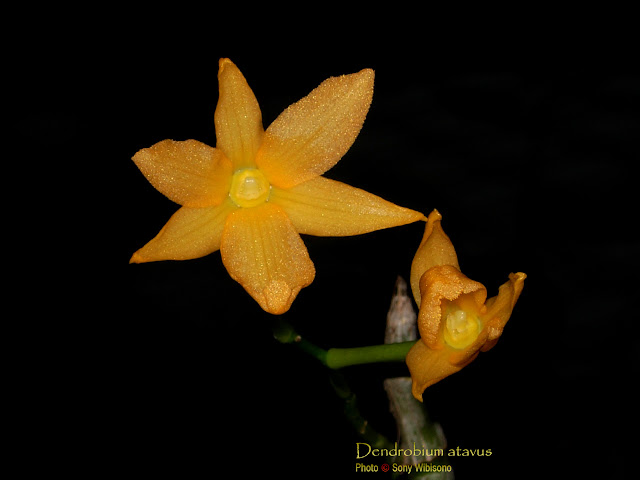 |
| Coelogyne speciosa subs. speciosa |
Synonyms : Chelonanthera speciosa Bl. 1825; Coelogyne speciosa subsp. fimbriata (J.J.Sm.) Gravend. 1999; Coelogyne speciosa subsp. incarnata Gravend. 1999; Coelogyne speciosa subsp. speciosa.; Coelogyne speciosa var. fimbriata J.J.Sm. 1907; Pleione speciosa (Blume) Kuntze 1891
Section : Speciosae Lindley
Distribution : Java & Sumatra
Found in rainforests and hill forests at elevation 700 to 2000 m.
Plant : clustered ovoid pseudobulbs, 2 elliptic or lanceolate and plicate leaves,
Flower : 1-3 intermittent large sized flowers, emerged from the middle of the end of a young pseudobulbs. Right in the middle between the prospective leaves
Section : Speciosae Lindley
Distribution : Java & Sumatra
Found in rainforests and hill forests at elevation 700 to 2000 m.
Plant : clustered ovoid pseudobulbs, 2 elliptic or lanceolate and plicate leaves,
Flower : 1-3 intermittent large sized flowers, emerged from the middle of the end of a young pseudobulbs. Right in the middle between the prospective leaves
 |
| Coelogyne speciosa subs. incarnata |
Bahasa Indonesia :
Persebaran : Jawa dan Sumatra di hutan hujan dan hutan perbukitan pada ketinggian 700 hingga 2000 diatas permukaan laut.
Tanaman : umbi semu rapat dan berbentuk seperti bulat telur, memiliki 2 daun berbentuk lanset atau elips dan memiliki alur lipatan-lipatan yang saling sejajar.
Bunga : memiliki 1 hingga 3 bunga berukuran besar secara berselang, muncul dari bagian tengah ujung umbi semu, tepat ditengah-tengah pangkal calon daun.
Persebaran : Jawa dan Sumatra di hutan hujan dan hutan perbukitan pada ketinggian 700 hingga 2000 diatas permukaan laut.
Tanaman : umbi semu rapat dan berbentuk seperti bulat telur, memiliki 2 daun berbentuk lanset atau elips dan memiliki alur lipatan-lipatan yang saling sejajar.
Bunga : memiliki 1 hingga 3 bunga berukuran besar secara berselang, muncul dari bagian tengah ujung umbi semu, tepat ditengah-tengah pangkal calon daun.


















